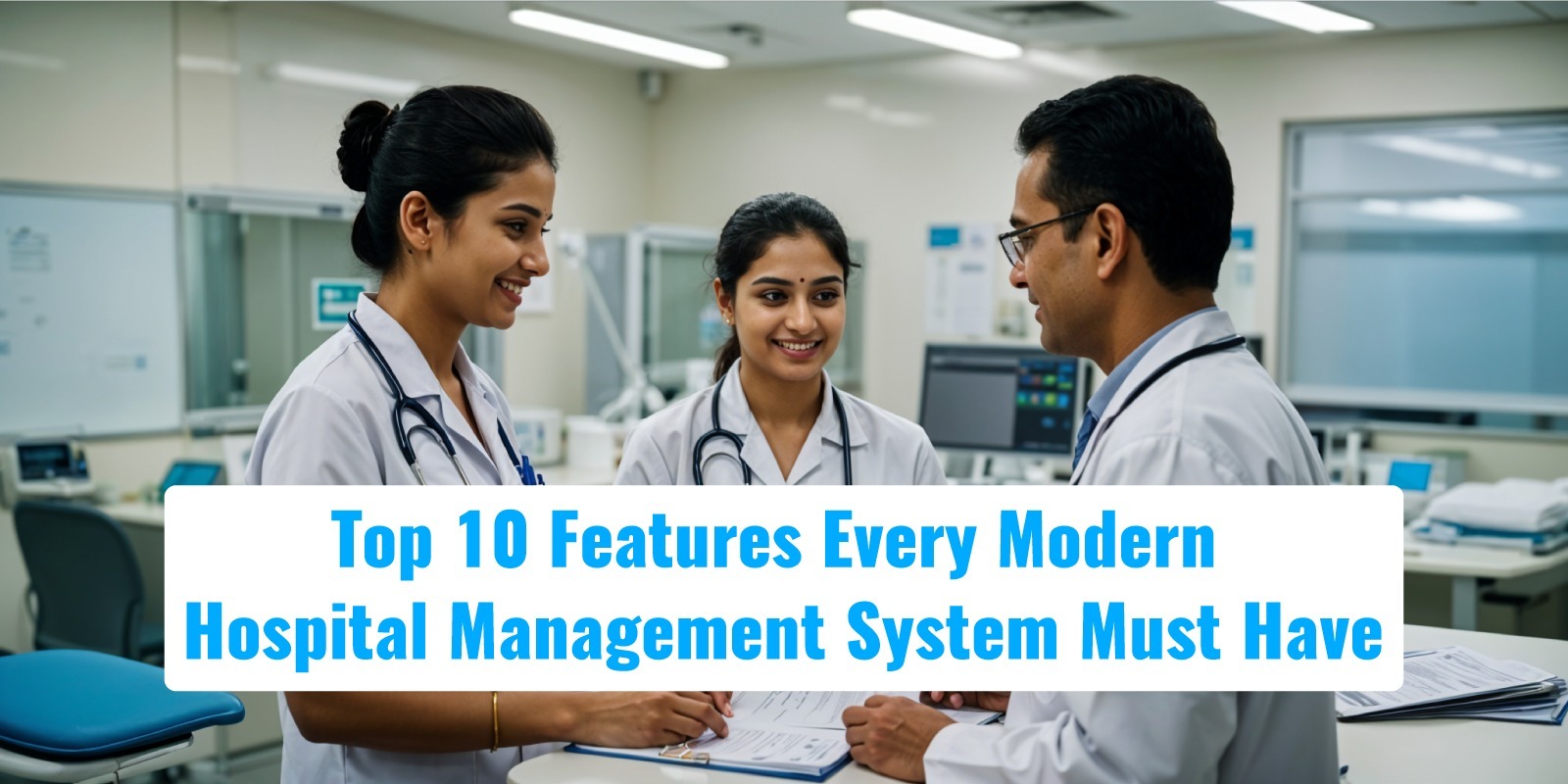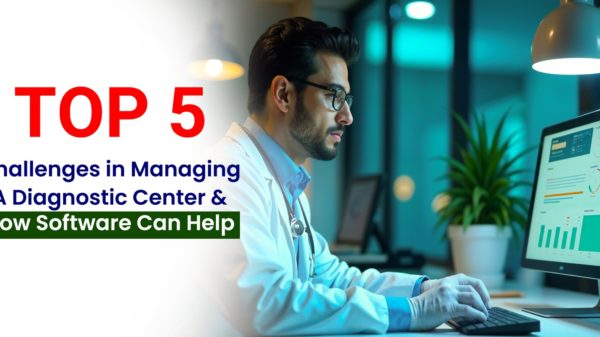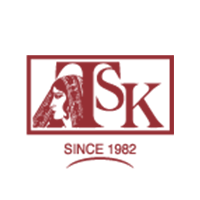In this rapidly evolving healthcare landscape, A modern-day hospital management system allows hospitals to streamline their operations by increasing efficiency, accuracy, and, most importantly, patient satisfaction. A robust Hospital Management System (HMS) can revolutionize the way hospitals operate by streamlining administrative tasks, enhancing patient care, and ensuring compliance with regulations. But what features must a modern HMS consist of to maximize the impact? Here are the top 10 must-have features every modern hospital management system must possess.

1. Patient Registration and Appointment Scheduling
A patient registration and appointment scheduling system must be efficient and user-friendly. It must, non-exhaustively:
- Allow for quick patient on-boarding with minimal paper work.
- Allow for online appointment booking and cancellations.
- Automatically remind patients via SMS or email so that no-shows are minimized.
- Allow for integrations with physician schedules to see real-time availability.
Patient satisfaction is further enhanced with this functionality provided for a seamless experience starting from the very first point of contact.
2. Electronic Medical Records (EMR)
An integrated EMR system remains the backbone of any modern HMS. EMRs should:
- Store comprehensive patient history, including all diagnoses, medications, and test results
- Ensure secure access to patient data by authorized personnel
- Ensure convenient data retrieval for physicians, nurses, and specialists
- Support interoperability with other health systems
EMRs improve clinical decisions and reduce unnecessary repetition of medical tests.
3. Billing and Payment Processing
A good billing system offers a large saving of time and eradicating errors. Some of the basic functions include:
- Billing for consultation, procedure, and pharmacy purchases automatically.
- Handling insurance claims and working with third-party payers.
- Offering patients diverse payment methods, including digital wallets along with credit/debit cards.
- Tracking expenditures of patients in real-time.
Effective billing systems actually reduce financial liabilities, but result in enhanced transparency.
4. Inventory and Pharmacy Management
The information system for pharmacy and inventory management must operate efficiently to avert shortages or overstocking. It has to have facilities including:
- Real-time tracking of medical supplies and drugs.
- Alerts for low stock of items or approaching expiration.
- Integration with vendors for automated replenishments.
- Prescription tracking and dispensation management.
This guarantees that vital copies are available at any given time, practically optimizing patient care.

5. Laboratory Information System (LIS)
A laboratory information system facilitates the work of laboratory applications. Core functions are:
- Automated processing and reporting of test results.
- EMR integrations for data sharing.
- Tracking samples using barcodes.
- Scheduling and prioritizing tests.
LIS speeds up processing and improves test result accuracy.
6. Radiology and Imaging Integration
For a handy feature would be to allow for an interaction between the hospital management software’s integration with radiology and imaging system to:
- Manage imaging workflows and schedules.
- Store and share diagnostic images securely.
- Link imaging reports with patient EMRs.
- Enable the remote backup to radiologists and specialists.
Through integration setup of radiology and imaging with respect to each other quick measures can be taken for timely diagnostic protocols-presenting quickly-treatment decisions.
7. Telemedicine Capabilities
At the bottom quite extensively, apart from the bounds of this discussion, telemedicine should be given the limelight. A good telemedicine module should offer for:
- Video consultations with secure communication channels.
- E-prescription generation and online pharmacy integration.
- Remote patient monitoring for chronic disease management.
- Integration with wearable devices and health apps.
Telemedicine increases the reach of health access to remote areas and improves patient convenience.
8. Compliance and Data Security
Compliance and data security are likely to make a center-stage security issue in healthcare considering that hospitals manage sensitive data on patients. Key features would, therefore, include:
- Compliance with regulations such as HIPAA, GDPR, or the regulations applicable under local law.
- Data encryption and multi-factor authentication.
- Regular security audits and updates.
- Role-based access control would ensure that unauthorized data access is not possible.
Security aspirations only are realized on a secure record that builds trust and ensures lawfulness.
9. Analytics and Reporting
Here, your main enemy is considering aiming at moving from mere guesswork to data-driven decision-making. A well mutable analytics section should make sure that:
- Provide you with real-time dashboards for key performance indicators (KPIs).
- Generate reportage on a detailed scale of patient care, financial data, and resources.
- Include predictive analysis for better resource planning.
- Accurate alerting of trends or any anomaly with respect to hospital operations.
The administrators of a hospital make informed decisions using data analytics.

10. Mobile Accessibility
With a mobile-driven emphasis of the current day, HMS must allow mobile access for:
- Monitoring patient records and test results while on the move.
- Allowing doctors and nurses to access information in real-time.
- Allowing patients to access their medical histories and appointments.
- Keeping notifications for alerts and reminders mobile.
The mobile-friendly environment enhances flexibility and efficiency for both patients and staff.
Conclusion
A modern Hospital Management System is much more than a mere software product; it is a complete solution that augments every aspect of hospital activities. Incorporating these top ten attributes will help hospitals to be more efficient and effective while not compromising on patient care.
Investing in the right HMS is an investment in the future of healthcare. Make sure that the selected system fits the needs of your hospital with adaptability to meet future technological changes.













